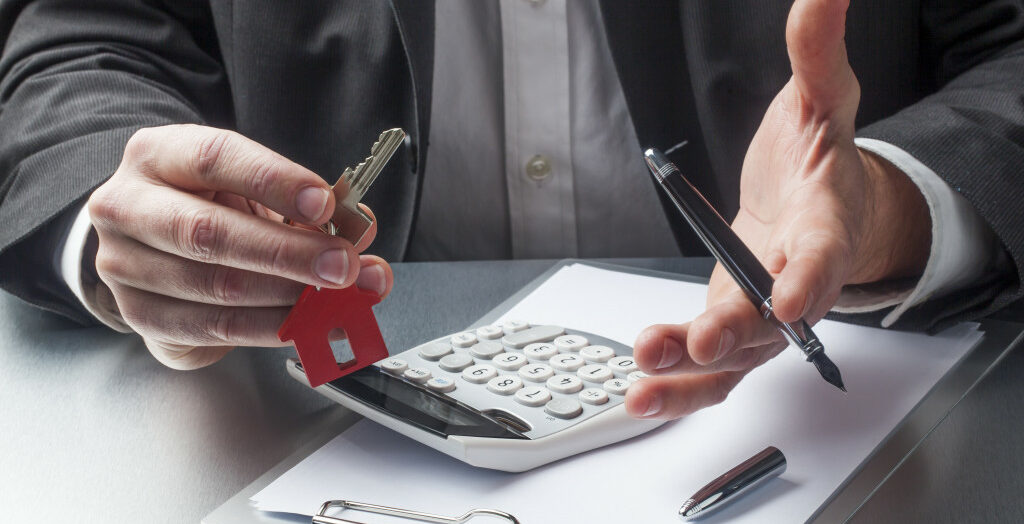- Rental properties are in demand, and landlords must be proactive to prevent damage caused by negligent tenants.
- Common causes of rental property damages include lack of maintenance, pets, repair neglect, smoking, and water damage.
- Regular inspection and maintenance can prevent long-term damage, and tenants should be encouraged to report problems early.
- Allowing pets and smoking in the rental property can cause damage, so it’s crucial to establish clear rules and penalties.
- Adding security systems and using durable materials in renovations can protect properties against damage and make them more appealing to responsible tenants.
As a landlord, you are responsible for ensuring that your rental property is in good condition until the end of the lease agreement. However, keeping your rental in good condition is not always easy, especially when your tenants do not take proper care of the property. When this happens, damage to the rental can occur, which can be expensive and time-consuming to repair. Knowing the leading reasons for damage in your rental properties can help you take proactive steps to prevent it from happening in the first place.
Rental Properties Today
Rental properties are in high demand today. Many Americans are now choosing to rent rather than buy a property, leading to a rise in the rental market. This trend is not expected to slow down anytime soon, meaning landlords will continue to deal with new tenants and potential property damage for the foreseeable future.
Common Causes of Property Damage
While most tenants are responsible, showing great care towards their rented properties, landlords must know a few common causes of property damage. These damages can lead to tenants avoiding your properties and choosing something else. Here are some leading reasons for property damage today:
1. Lack of Maintenance
One of the leading reasons for damage to your rental property is lack of maintenance. When a property is not well maintained, it can lead to issues such as leaks, mold, and pests, which can cause damage to the structure of the building. In addition to this, when a tenant fails to undertake basic upkeep, such as cleaning gutters, the property’s exterior can be damaged by the buildup of stagnant water or even storms. To prevent this from happening, it is essential to develop a maintenance schedule and ensure your tenants follow it.

2. Pets
While allowing pets in your rental property can attract and retain potential tenants, it can also be a major source of property damage. Pet messes such as chewing, scratching, urination, and defecation can damage floors, walls, and furniture. To minimize the damage caused by pets, you should always include suitable clauses in your lease agreement to ensure your tenants take responsibility for their pet’s actions. This will also serve as a deterrent for tenants with unruly animals.
3. Repair Neglect
When tenants overlook repair issues in the property, they can quickly evolve into more significant problems and damage the property’s interior. If you do not address the issues early, they will result in high costs to repair the damage. As a landlord, you are responsible for ensuring your tenants report repair issues and handling them promptly. Enforce this by including an inspection clause in the lease agreement that allows you to conduct regular checks and nip any developing problems in the bud.
4. Smoking
If you permit smoking in your rental property, you are at high risk of property damage. Smoke odor and stains can get absorbed into flooring, carpets, and walls, which can be difficult, if not impossible, to clean. Increase your property’s longevity by establishing a “no-smoking” policy in your rental property. If you must allow smoking, ensure that it is expressed clearly in the lease agreement and that adequate ventilation is available to prevent tobacco smoke from settling into the fabric of the building.
5. Water Damage
The damage caused by water can range from minor leaks to massive flooding. Responding quickly to water-related issues is essential, as they can escalate and lead to significant damage. Regularly inspect the property for signs of leaks or potential water damage and address them immediately. Additionally, educate your tenants on preventing water damage, such as not leaving taps running and promptly reporting leaks.
Renovation Options to Make Your Properties Resilient Against Damage
Thankfully, some renovation options can make your property more resilient against potential damage. Here are some ideas to consider:

Get it Inspected
It’s important that you get your properties inspected annually. You can get local drone inspection services to check the roofs of your properties for any damage. This can ensure that your rental properties are in good condition and help you spot potential issues before they become large problems.
Use Durable Materials
When renovating your rental property, consider using durable materials more resistant to wear and tear. For example, instead of using traditional carpeting, opt for waterproof vinyl flooring that is easier to clean.
Add a Security System
Installing a security system in your rental property can be beneficial for protecting against damage from break-ins and monitoring potential damage caused by tenants. This added layer of security can also help deter any malicious activities and give you peace of mind knowing that your property is being monitored.
While owning rental properties comes with its fair share of challenges, being aware of the leading causes of damage and taking proactive steps to prevent them can help protect your investment in the long run. By staying on top of maintenance, promptly addressing repair issues, and considering renovation options, you can minimize potential property damage and attract responsible tenants who will treat your rental property carefully.






